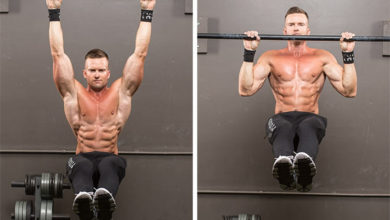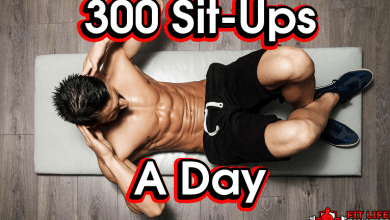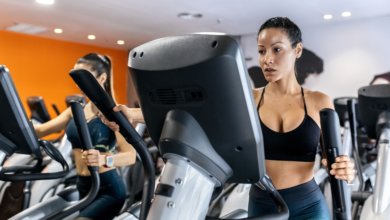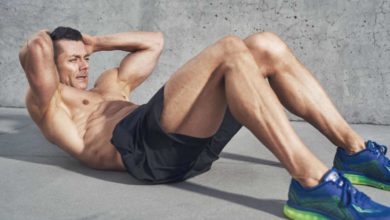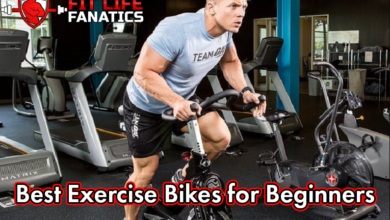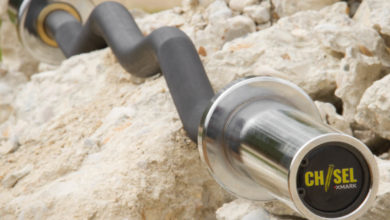High Pull vs Upright Row, Which Exercise Should You Perform? Which One Is Safer?
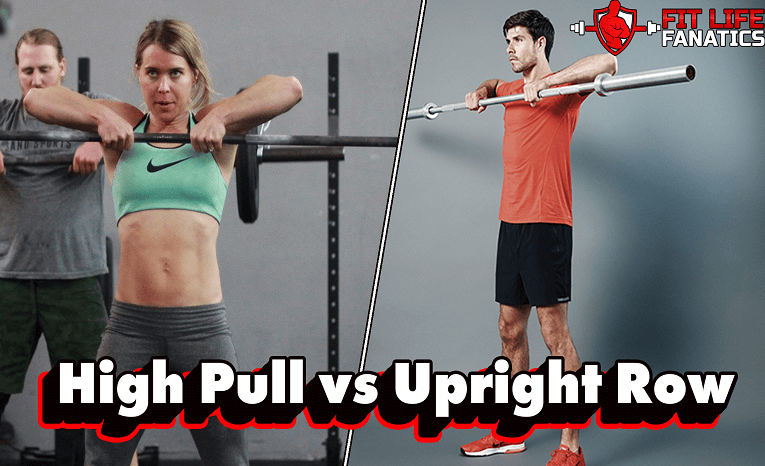
There’s no better time than right now to get serious about building your body.
And while plenty of people are going to get into fitness these days are focused on building better, leaner “beach bodies” you might be interested in building a stronger, healthier, happier you – and that inevitably involves rocking and rolling with the high pull and the upright row.
Both of these two movements can chance form the way you look and feel faster than you would have on possible.
The trouble, of course, is figuring out which one works best for the kind of results you are looking to generate in the first place.
Both of these movements look very similar to one another but target very distinct groups of muscles.
Below we highlight the ins and outs of each of these core exercises, helping to shine a light on which one likely makes the most sense for you.
Let’s get into it!
What Is the High Pull Exercise?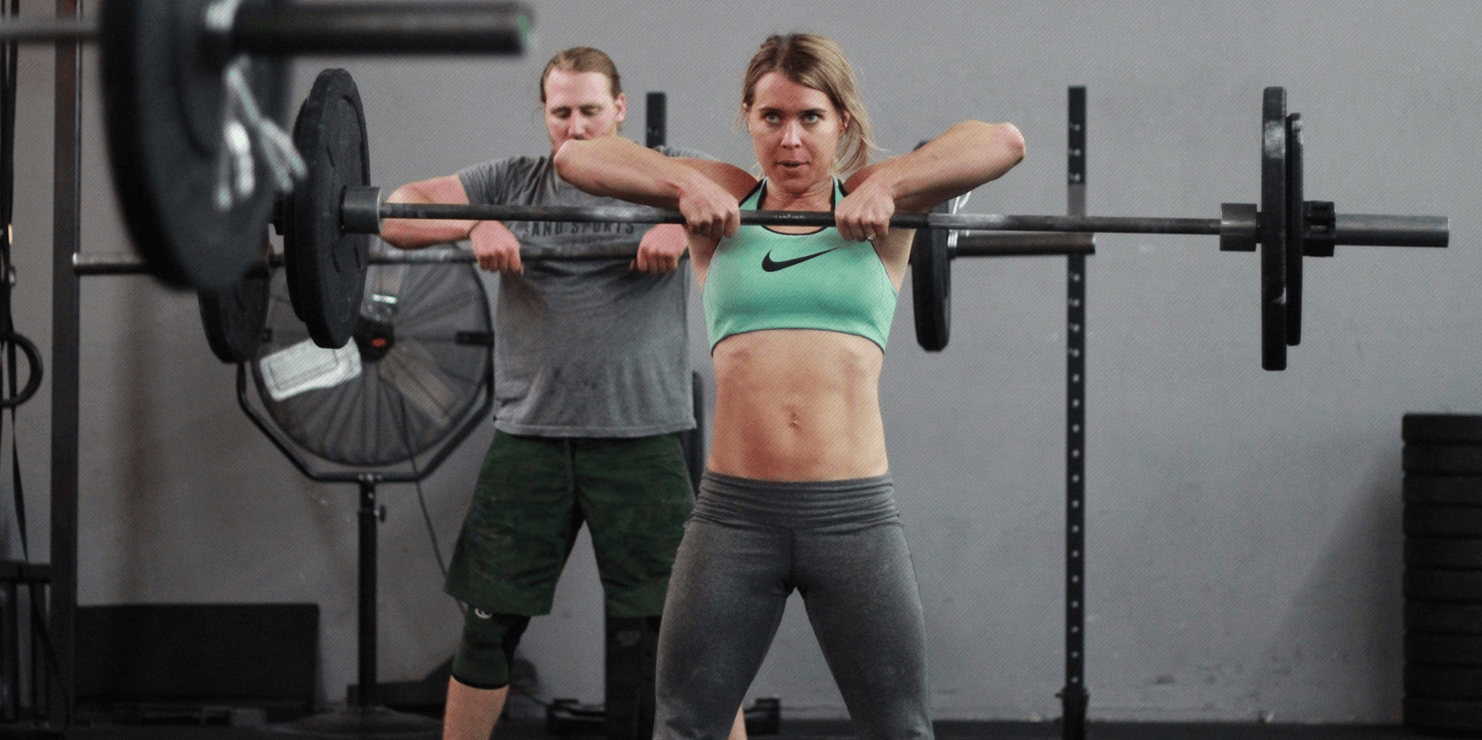
The high pull exercise takes advantage of your standard barbell, and it’s a pretty simple and straightforward movement to execute.
Steps to Do the High Pull Exercise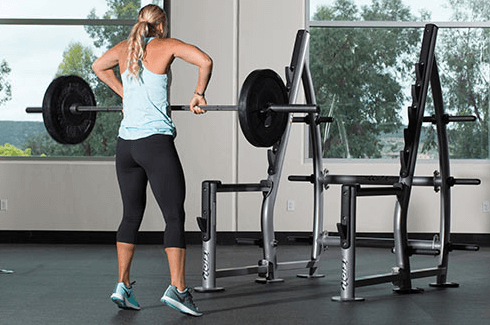
First, you’re going to want to begin the movement standing with your feet just underneath the bar – maybe a little bit wider than shoulder-width.
Bend down to squat so that your shoulders are directly over the bar itself, with just a little bit of arch in your back.
Grab the bar with both hands, keeping your arms straight, and then straighten up your legs while pulling the bar up off of the floor. Raise your shoulders at the same time until you are rocking under the balls of your feet while pulling the bar itself up to your neck area.
Return the bar back to the ground (slowly) while bending your knees. You’ve just completed a single rep!
Variations of the High Pull Exercise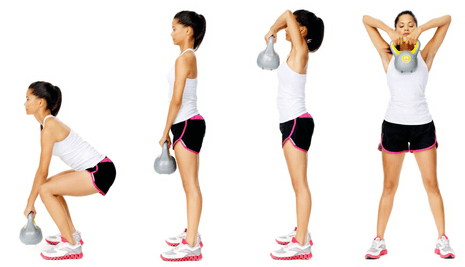
There are a couple of different variations you can knock out with the high pull movement, with the overwhelming majority of them taking advantage of different pieces of equipment as opposed to the barbell itself.
Dumbbell high pulls, kettlebell high pulls, and medicine ball high pulls are usually the most popular kind of variation folks turned to when they want to try something new. As long as you stick to the same fundamental movement described above you’ll be good to go!
Alternatives to High Pulls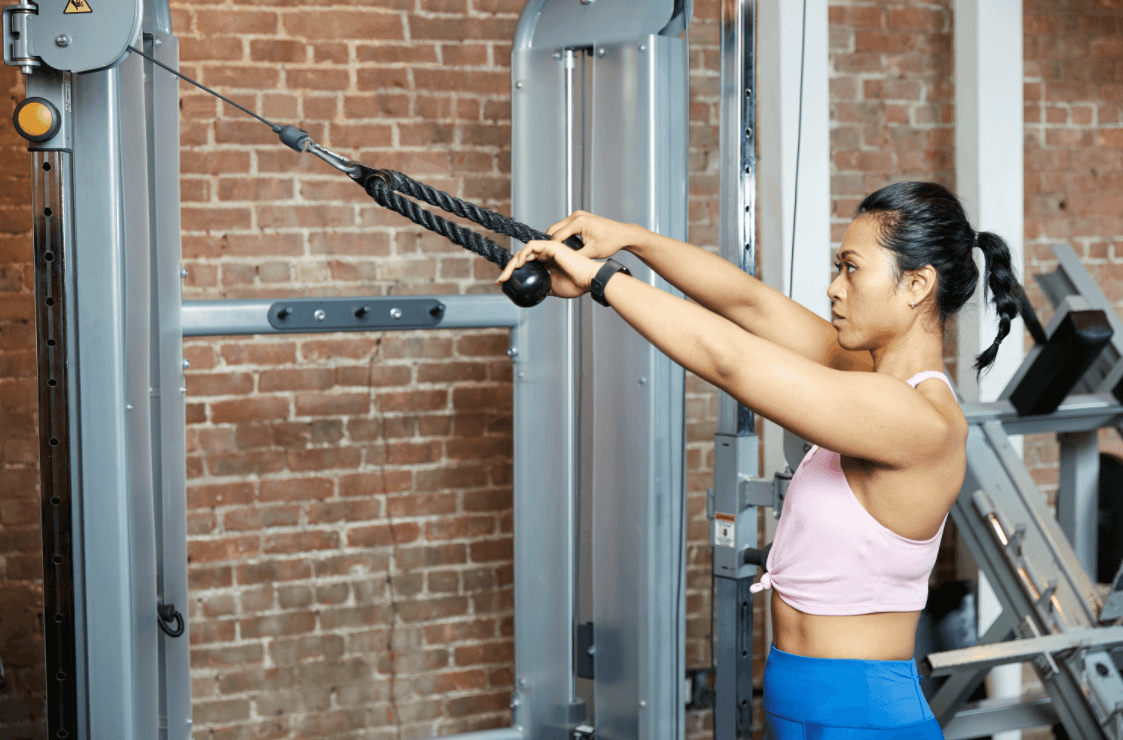
As far as alternatives to high pulls go, the best alternative is (obviously) the upright row.
On top of that, though, you can always go with:
- Cable face pulls
- Kettlebell high pulls
- Barbell hang and clean
- Lateral raises
- Pull-ups
That should be more than enough to get you started!
What Is the Upright Row Exercise?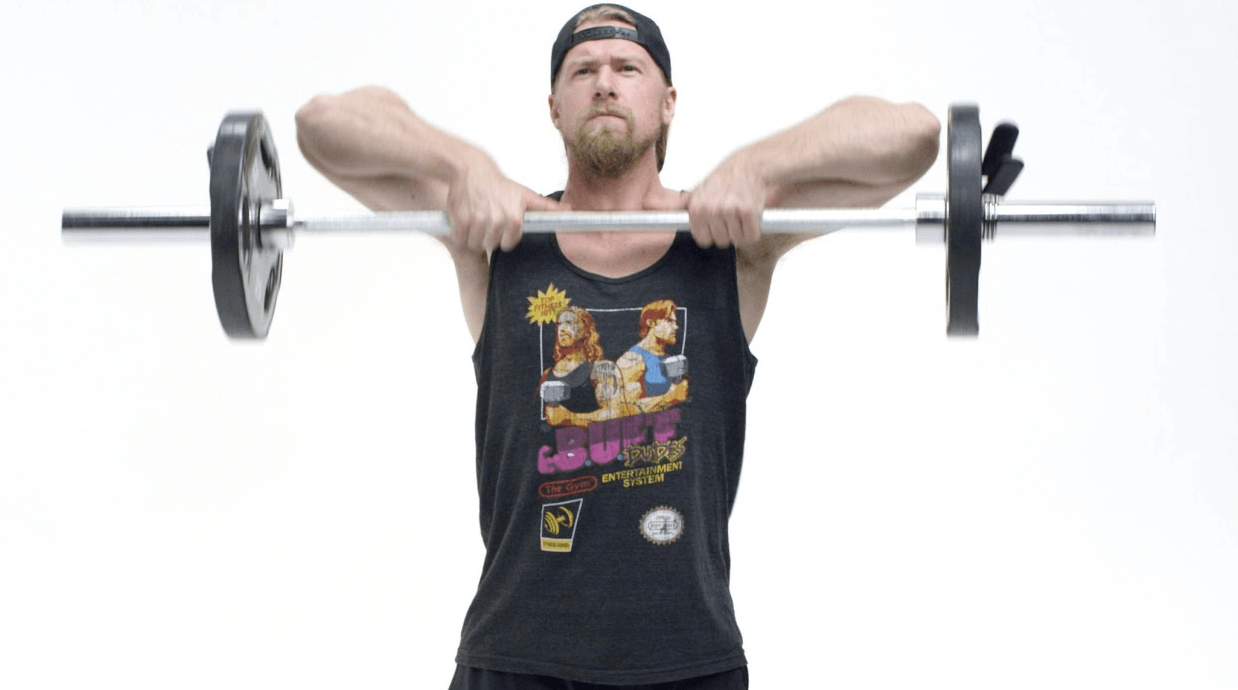
Like we mentioned a moment ago, the high pull exercise and the upright row movement have a lot in common with one another – though it’s considered more of a “basic” lifting move as opposed to the “power” move that the high pull falls under.
How to Do Upright Rows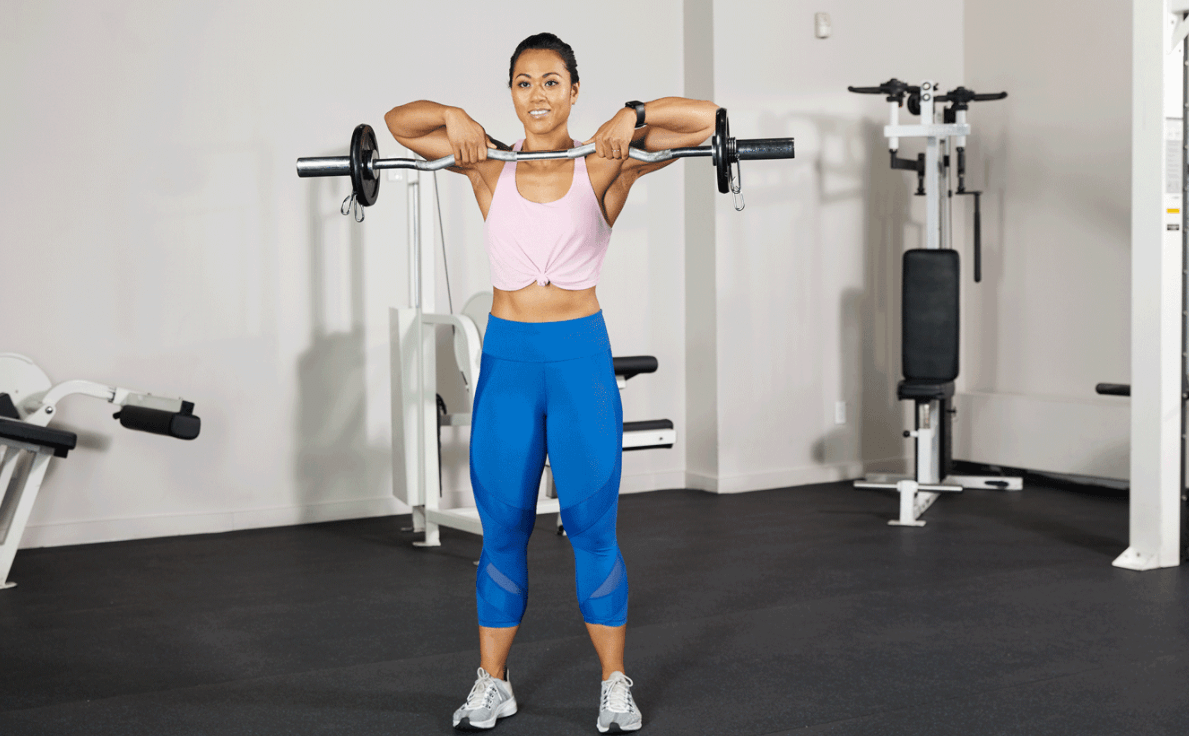
Start this move with your feet just slightly wider than shoulder-width apart (or maybe a little bit closer), and then bend down to pick up a barbell. Leave it to hang at your waist before you start pumping out repetitions.
With a good overhand grip on that barbell, you’ll want to bend your elbows slightly and begin to pull the barbell up towards your head and neck area.
Move slowly, move deliberately, and really try to squeeze your major muscle groups as you go through the movement.
Return the barbell back to the starting position (hanging by your waist) and you’re ready for the next rep.
Variations of the Upright Row Exercise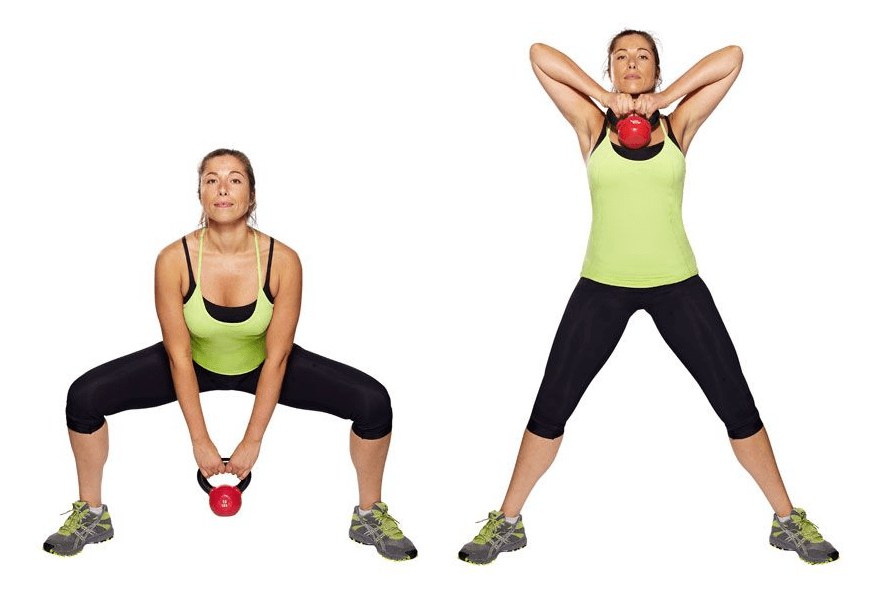
Just like with the high pull movement, variations of the upright row almost always involve swapping out the barbell for other pieces of fitness equipment.
Dumbbells, kettlebells, medicine balls, 5-gallon buckets filled with sand, plates, and most anything else you can get a solid grip on can be substituted for the barbell in this movement.
Alternatives to Upright Rows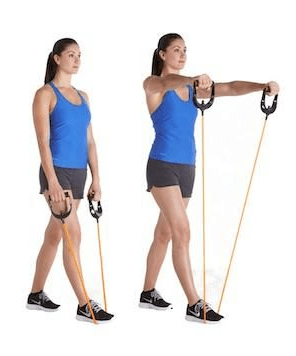
If you want to shake things up with your routine, replacing upright rows with something similar, stick to these exercises first.
- Barbell high pulls
- Seated snatches
- Single-arm power snatches
- Resistance band raises
Those alternatives should be more than enough to spice things up a little when your upright row routine has started to feel a little stale.
High Pull Vs Upright Row, What Are The Differences?
There are a couple of major differences between these two movements, and we highlight the biggest differences below.
Muscles Worked
We share with you the muscles that both exercises work.
Muscles Worked by High Pulls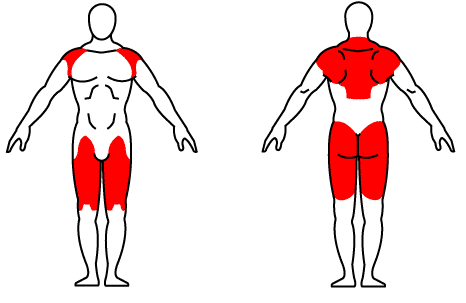
High pulls are going to target a bunch of major muscle groups in both your lower and upper body, including:
- Deltoids
- Rhomboids
- Your latissimus dorsi
- Your trapezius
- Your biceps
- Your triceps
- Your lower back
- Your abdominals
Muscles Worked by Upright Rows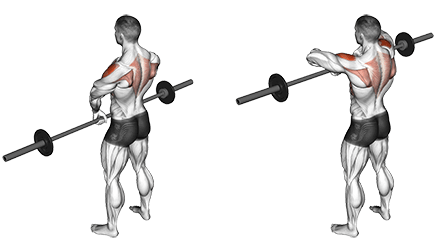
Upright rows are going to target a couple of specific muscle areas compared to high pull movements which are more “power moves”, with the major muscle groups targeted by upright rows being:
- Your upper trapezius
- Your posterior shoulder and deltoid area
- Your anterior shoulder and deltoid area
- Your biceps
- Your rhomboids
Benefits of Both Exercises
Both exercises have many benefits we share them with you below.
Benefits of High Pull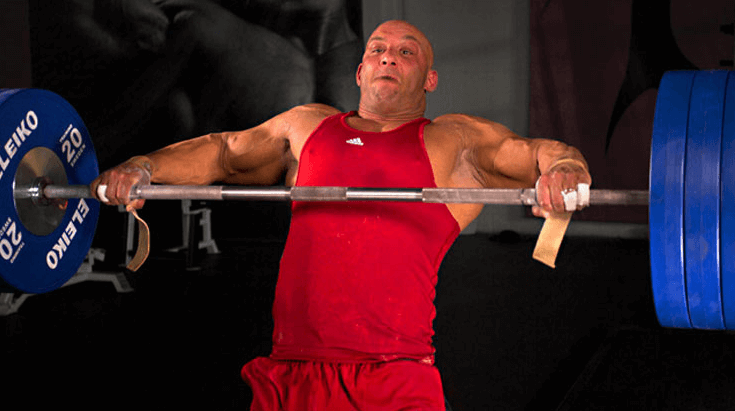
The high pull has the unique ability to stress each and every major muscle group in your body, from your toes to your nose and everywhere in between.
Your traps are going to be activated, your apps are going to be activated, your glutes and hamstrings are going to be activated – everything is going to be activated!
Other exercises that target the same areas include dumbbell floor press, seated tricep press, and regular pushups.
It’s not unusual to see major improvements to speed, power, performance, strength, balance, and overall posture for you start to seriously train your body with high pull movements.
Benefits of Upright Rows
There are a couple of big benefits to upright rows as well, not least of which is the ability to pack on some pretty significant muscle mass in the shoulder area – and to do so a lot faster than you would have been able to with other movements.
On top of that, you’re also going to be able to build bigger traps when you are rocking and rolling with upright rows on a regular basis. Other great exercises that work the shoulder and traps area include wall angels, rear delt row, rear delt fly, and the underhand dumbbell row.
That’s going to add a lot of with to your body, a lot of depth to your body, but it’s also going to boost your strength, your power, and your athleticism.
Finally, it’s not uncommon to see significant improvements to your one rep maximum when doing cleans and snatches when training upright rows, too. The power and performance benefits you get with this movement are immediately transferable to a lot of other moves, too.
Which One Is Safer?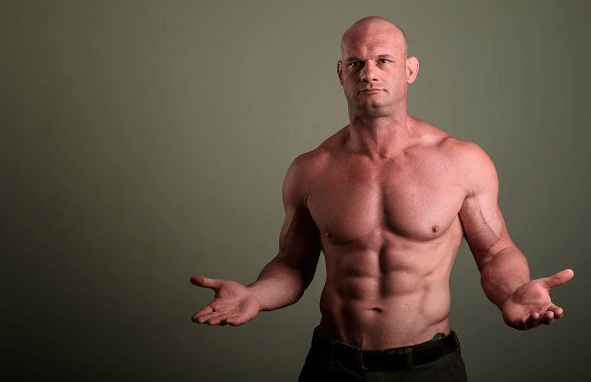
At the end of the day, both of these moves are very (VERY) safe – as long as you practice strict form and do not overload your body when you are first getting started. At first, I thought you might need to
One of the biggest problems people make when they jump headfirst into these movements is adding a lot more weight to the bar (or whatever else they are pulling or rowing) before their body is ready.
This puts a lot of undue stress on a couple of major muscle groups, including support and stabilizer muscles, and can ruin your day in a hurry.
Thankfully though, if you take things nice and slow and start lighter than you think you should – even for a couple of weeks – you don’t have much to worry about.
As a general consensus, though, the majority of people in the fitness world feel that upright rows are a little safer than high pulls.
A lot of this comes down to the fact that you won’t be raising the bar using the majority of your body’s muscles with upright rows the way you build with a high pull.
On top of that, you won’t have to be as fast or as forceful on upright rows as you might be tempted to be with high pulls, too.
At the end of the day, you need to be doing everything you can to manage and mitigate issues that could cause injuries when you’re doing either of these two movements (or lifting weights in general).
You want to take specific care to treat your shoulders well.
These movements are going to put a lot of undue stress on your shoulders (not just the shoulder muscle group, but the joints, tendons, and socket as well). Shoulder injuries can be really devastating and keep you out of the gym for weeks if not months on end if something goes wrong, setting back all of your other progress as well.
Be smart, train strategically, and take the necessary precautions to make sure that you aren’t risking injury any more than absolutely necessary with these two essential movements.
Fold them into your routine ASAP, though, and you’ll see amazing results almost right away. Your strength gains, athleticism, stamina, endurance, and overall look improve a whole lot faster than you’d think possible with these moves worked into your routine.
Related Readings:
- Shrimp Squats: Complete Exercise Guide, Benefits, Muscles Worked, and Alternative Exercises
- Full-Body Workout Every Other Day: Can You? Should You?
- What Muscles do Face Pulls Work?
- Best Power Racks with Lat Pulldown – Reviewed & Rated
- What Should I Workout After Chest Day? The All-You-Need-To-Know Guide
Ben Mayz
Hi there! I'm Ben, main author and chief editor at Fitlifefanatics.com. I have been obsessed with Strength Training and Fitness for 18 years now.
My passion for living a happy fit lifestyle is what made me realize that fitness is what I wanted for my future.
I went on to earn my Masters in Sports Training & Biomechanics.
My passion for Strength training & fitness and my love of helping others is what made me start Fitlifefanatics.
Here, myself, and a team of specialist aim to provide the most accurate, and actionable information possible in hopes to help foster the fitness community forward.
You can learn more about Fitlifefanatics on our About Page

